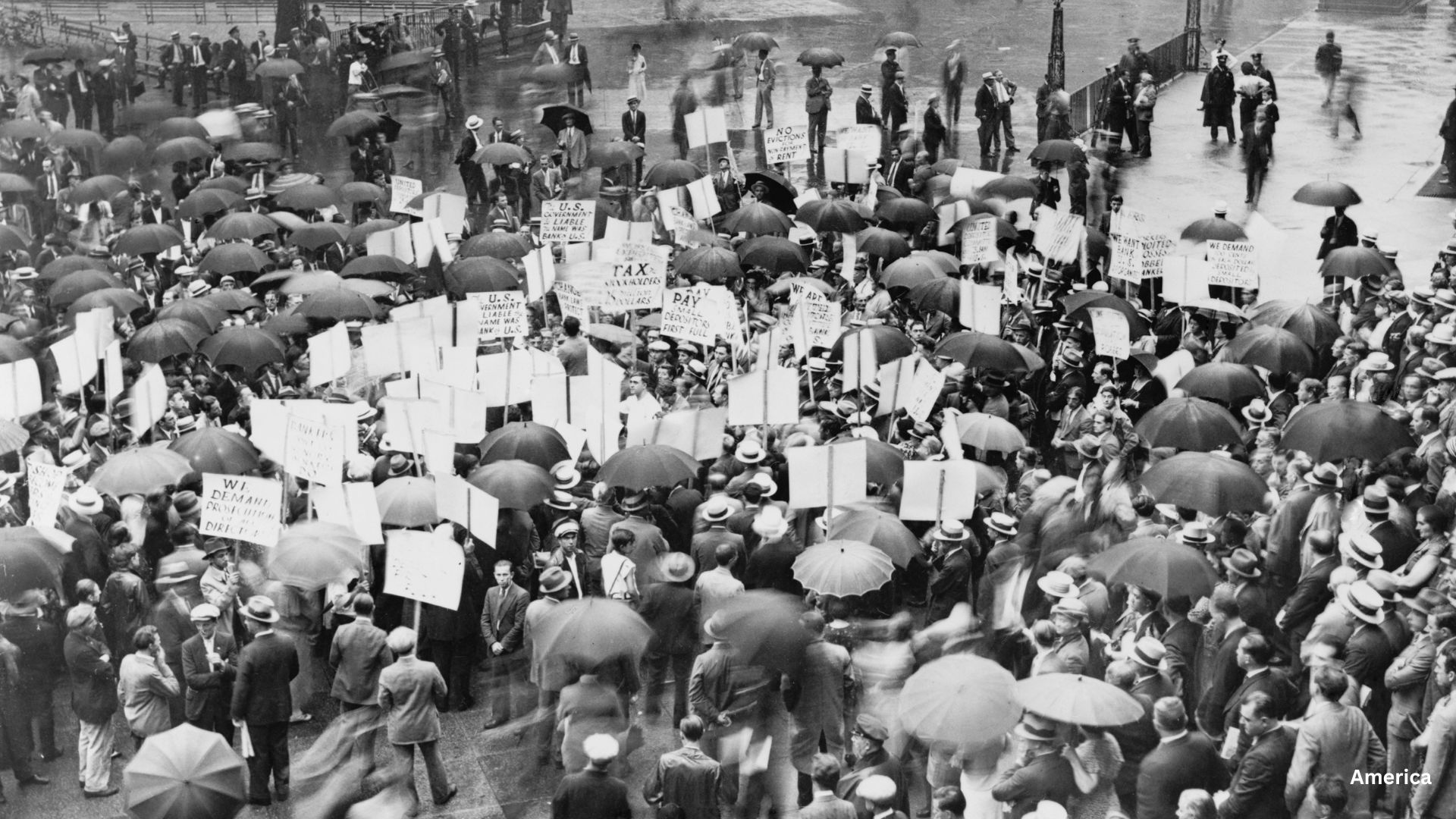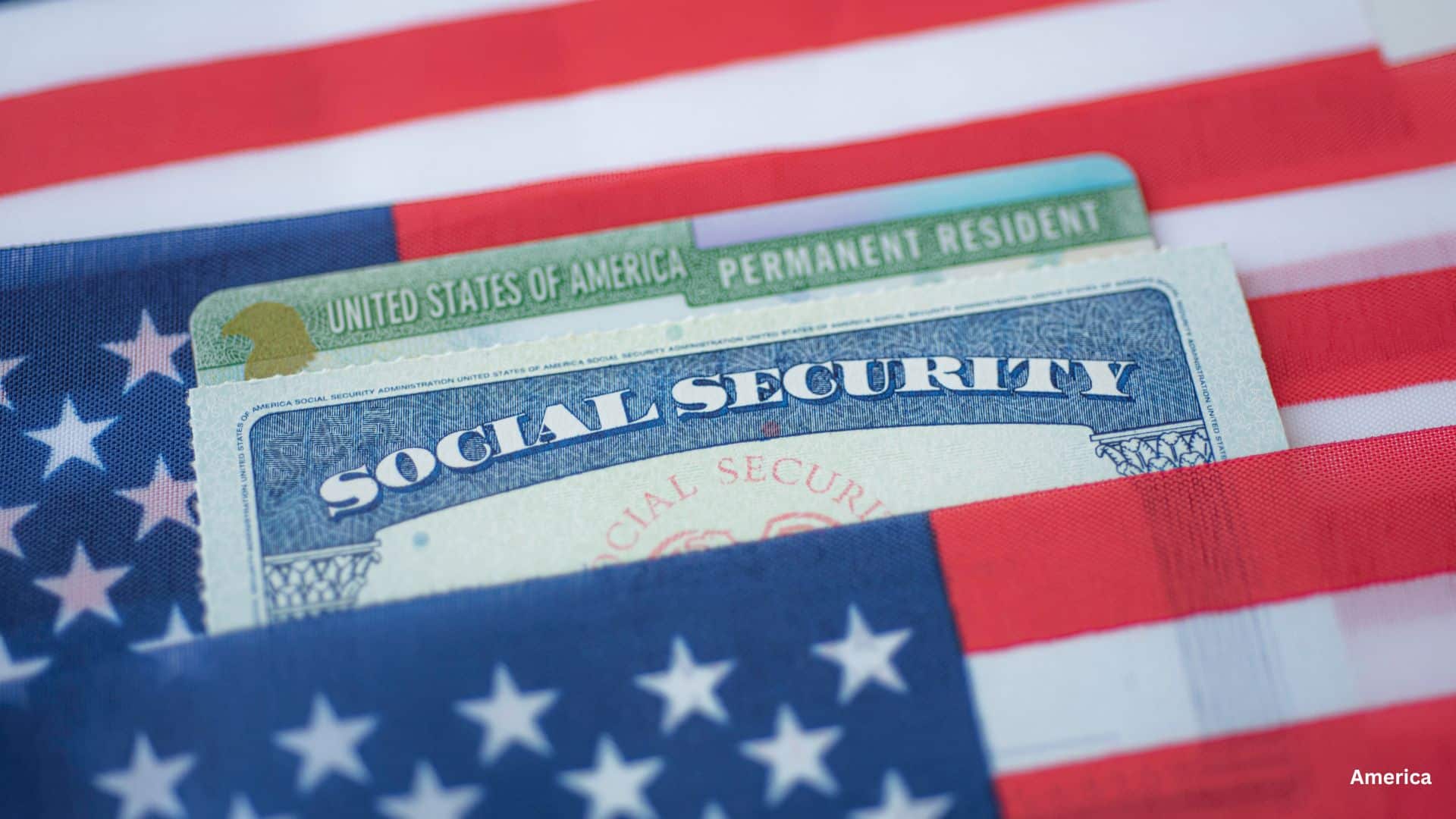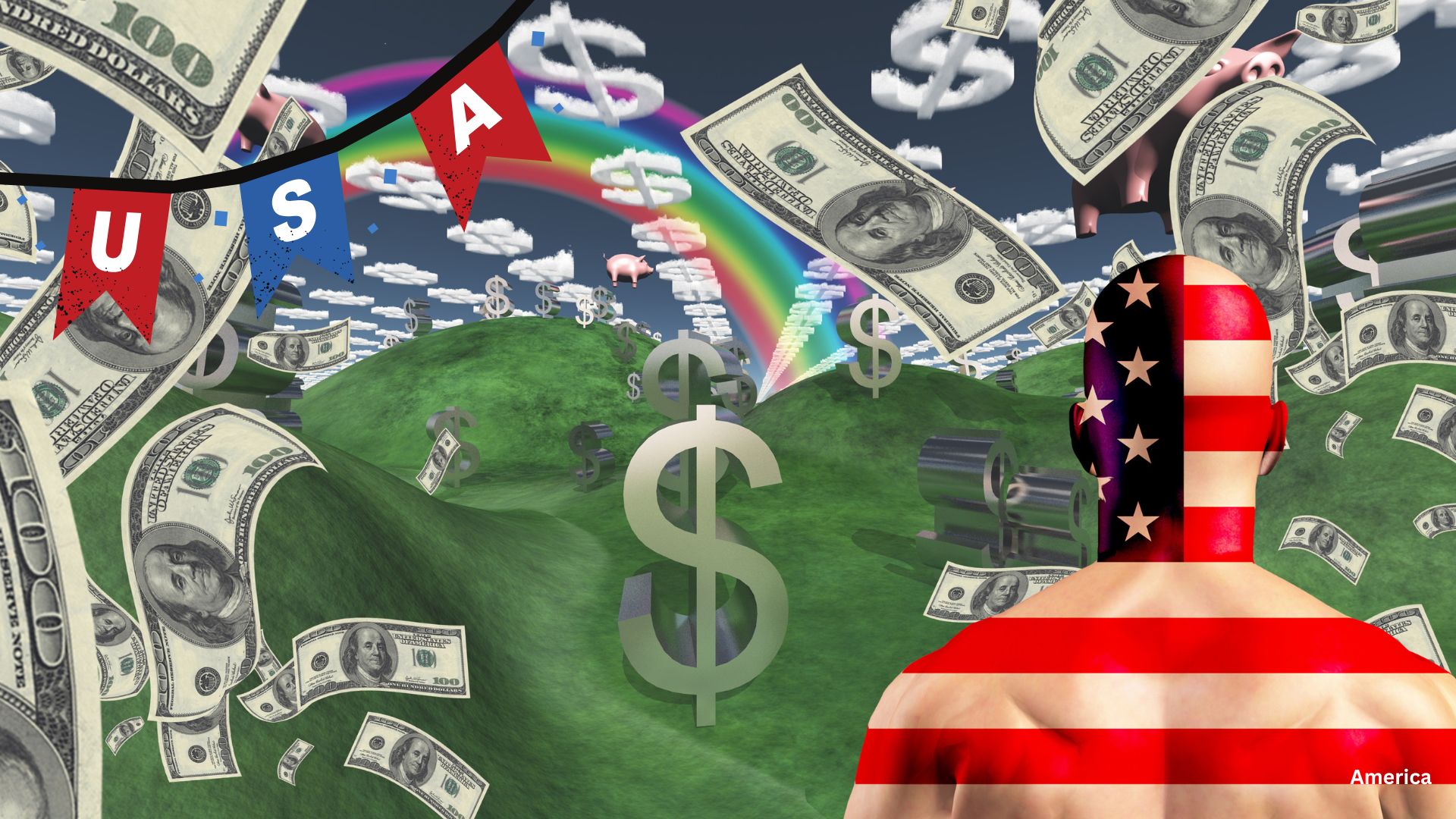The American Dream has long been a symbol of hope and opportunity. Rooted in the idea that anyone, regardless of background, can achieve success through hard work and determination, it has inspired generations of Americans. However, over the years, this promise has faded for many. Today, for countless individuals, the American Dream has turned into an American Nightmare, plagued by economic hardship, social inequality, and dwindling opportunities.

Historical Context of the American Dream
Origins and Early Examples
The concept of the American Dream is deeply rooted in the foundation of the United States. Its origins can be traced back to the early settlers and colonists who sought freedom and prosperity in a new land. This idea was further solidified by the U.S. Declaration of Independence in 1776, which declared that “all men are created equal” with the rights to “life, liberty, and the pursuit of happiness.” These principles laid the groundwork for what would become the American Dream.
In the 19th century, the American Dream was shaped by significant events such as the Gold Rush and the Industrial Revolution. According to Brillianto, the Gold Rush of the mid-1800s represented a tangible opportunity for average individuals to attain wealth, embodying the idea that anyone could achieve success through determination and hard work. Similarly, the Industrial Revolution brought about massive industrial growth and technological innovation, further embedding the belief in upward social mobility and economic success.
Key Milestones in American History
Westward Expansion:
-
- Early American Dream tied to manifest destiny and westward expansion.
- Belief in boundless opportunities by moving to new territories.
The Great Depression and New Deal:
-
- Economic hardships of the Great Depression challenged the dream.
- New Deal policies by President Roosevelt provided jobs and social security, restoring faith.
Post-World War II Prosperity:
-
- Dream evolved to include homeownership and suburban living.
- GI Bill and economic boom enabled veterans to buy homes and secure stable jobs.
Civil Rights Movement:
-
- Highlighted racial inequalities preventing African Americans from achieving the dream.
- Civil Rights Act of 1964 aimed to make the dream accessible to all.
Late 20th and Early 21st Century:
-
- New challenges like economic inequality, decline of manufacturing jobs, and rising education and healthcare costs.
- Reevaluation of the dream’s attainability in contemporary society.
The Turning Point
Events or Periods That Marked the Beginning of the Shift
Several pivotal events and periods in American history have significantly impacted the collective perception of the ideal of success and opportunity in America, leading to what many describe as a shift from the American Dream to an American Nightmare.
The Great Depression (1929-1939):
-
- Economic crisis causing widespread unemployment and poverty.
- Stock market crash led to a loss of confidence in the economic system.
- Exposed economic inequalities and challenged the idea of prosperity through hard work.
Post-World War II and the Cold War (1945-1991):
-
- Initially promised prosperity with suburban growth and economic boom.
- Cold War fears led to significant government defense spending, creating economic disparities.
- Shifted focus from social welfare to military-industrial growth, complicating the economic landscape.
Civil Rights Movement (1950s-1960s):
-
- Highlighted racial inequalities and injustices.
- Achieved legislative successes like the Civil Rights Act of 1964.
- Revealed deep-rooted racial and economic disparities, sparking broader discussions on social justice.
The Vietnam War (1955-1975):
-
- Prolonged conflict led to anti-war protests and political turmoil.
- Economic costs and loss of lives strained social fabric, leading to disillusionment.
- Shifted perspectives on success, moving away from materialistic goals.
The Great Recession (2008):
-
- Financial crisis exacerbated income inequality and eroded faith in the economic system.
- Major financial institution collapses led to unemployment, foreclosures, and loss of savings.
- Highlighted financial system vulnerabilities, prompting reevaluation of economic policies.

Impact on the Collective Perception
These events collectively contributed to a shift in how Americans perceive their prospects and the broader economic and social systems. The idealized vision of success, stability, and upward mobility has been increasingly questioned as economic crises, social movements, and political turmoil have revealed deep-seated issues and inequalities.
- Economic Inequality: Repeated economic downturns and the growing gap between the wealthy and the poor have underscored systemic inequalities, making it harder for many to believe in the possibility of upward mobility.
- Social Justice: Movements for civil rights and social equality have broadened the understanding of the dream to include not just economic success but also social justice and equality.
- Political and Social Stability: Events like the Vietnam War and the Great Recession have led to a more cautious and sometimes cynical view of government institutions and their ability to ensure economic and social well-being.
The American Nightmare
Economic Inequality and Housing Crisis
Today, the American Dream seems increasingly out of reach for many, as current challenges and issues turn it into an American Nightmare. Economic inequality has widened, with a significant gap between the rich and the poor. The housing crisis continues to affect millions, making homeownership an elusive goal for many families.
Rising Student Debt and Healthcare Costs
Student debt has skyrocketed, burdening young adults and hindering their financial independence. Healthcare costs and job insecurity further complicate the path to economic stability and upward mobility.
Systemic Issues and Social Inequality
As highlighted by Justice and Joy, systemic issues like racial inequality and the erosion of workers’ rights contribute to the feeling of disillusionment. CGTN points out that the rising cost of living and stagnant wages exacerbate these struggles, making it difficult for many to achieve financial security.
Mental Health and Burnout
Additionally, Medium discusses how the relentless pursuit of material success often leads to burnout and mental health issues, leaving people feeling trapped in a cycle of unfulfilling work and debt.
Unattainable Ideals and Economic Realities
Further complicating matters, Yahoo Finance emphasizes that many people feel sold on an unattainable ideal, with promises of prosperity overshadowed by economic realities that keep success out of reach.
Housing Crisis Under the Biden Administration
Under the Biden administration, the American Dream has increasingly turned into a nightmare for many, particularly in the housing sector. Recent housing data reveals that home prices have soared to unprecedented levels, making it nearly impossible for average Americans to afford a home. According to Fox News, the administration’s policies have contributed to limited housing supply and increased costs, exacerbating the housing crisis.
Additionally, inflation and rising interest rates have further strained household budgets, leading to higher mortgage payments and rental costs. This economic pressure has deepened the divide between those who can achieve financial stability and those who cannot, highlighting significant failures in addressing economic inequality and affordable housing. The administration’s approach to handling these issues has intensified the challenges faced by many Americans, making the pursuit of the American Dream more elusive than ever before.
Reevaluating the American Dream
These challenges collectively undermine the traditional vision of success and opportunity, prompting a reevaluation of what the American Dream means today.

The American Dream, once a symbol of hope and opportunity, has become elusive for many due to economic inequality, rising housing costs, student debt, and healthcare expenses. Historical milestones and recent policies have exacerbated these issues, turning the dream into a nightmare for many. As systemic inequalities persist, it is crucial to reevaluate and redefine the American Dream to better address the challenges of contemporary society.









